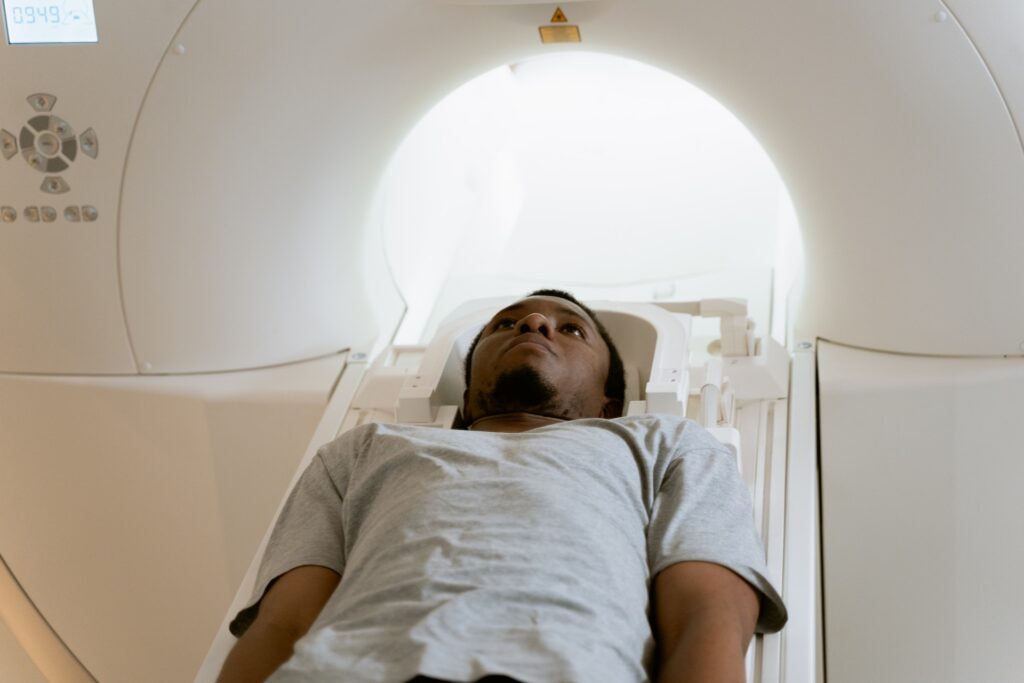For athletes, or simply those who have undergone surgery, one of the best ways to heal is through hyperbaric oxygen therapy (HBOT). This cutting-edge therapy involves inhaling pure oxygen in a pressurized hyperbaric chamber Spring Valley NY, allowing your lungs to gather much more oxygen than normal. If your doctor has recommended this therapy, you may have a few questions. Here’s what to consider before getting started.

Medical Condition
When considering hyperbaric oxygen therapy (HBOT), the first factor to consider is your specific medical condition. HBOT has been used to aid in the treatment of a wide range of conditions, including but not limited to:
- Non-healing wounds: If you have a wound that hasn’t shown signs of improvement within a certain timeframe, HBOT may be worth exploring as it can promote faster healing by increasing oxygen levels in your body.
- Radiation injuries: Cancer patients who have undergone radiation therapy sometimes experience tissue damage as a side effect. HBOT can potentially help with reducing inflammation and promoting healing in these affected areas.
- Carbon monoxide poisoning: In cases of carbon monoxide poisoning, where the body’s ability to transport oxygen is compromised, HBOT can be used to quickly increase oxygen levels and prevent long-term damage.
It’s important to note that while there are many anecdotal success stories surrounding HBOT for various conditions, scientific evidence supporting its efficacy may vary depending on the specific condition.

Doctor’s Recommendation
Your doctor exactly knows your medical history and can provide valuable insight into whether HBOT would be beneficial for your specific condition. During a consultation with your doctor, they will evaluate various factors, such as the nature of your medical condition, its severity, and any underlying health issues. They may also review previous treatments that you have tried and assess their effectiveness. Based on this information, they can determine if HBOT is an appropriate treatment option for you. Your doctor’s recommendation should be taken seriously as they are trained to understand the potential benefits and risks associated with different treatments. They will weigh these factors against your individual circumstances.
Contraindications
When considering hyperbaric oxygen therapy (HBOT), let’s not forget to take into account any contraindications or potential risks that may apply to you. These are specific conditions or factors that could make HBOT unsafe or ineffective for your particular situation. One potential contraindication is the presence of certain respiratory issues, such as untreated pneumothorax or chronic obstructive pulmonary disease (COPD).
In these cases, the increased pressure and oxygen levels in the chamber could worsen symptoms or cause complications. Another contraindication is untreated seizures. Additionally, if you have an uncontrolled fever or are currently receiving chemotherapy treatments, HBOT may not be recommended. Elevated body temperatures can create adverse reactions in the pressurized environment, and chemotherapy medications may interact negatively with the therapy.

Cost and Insurance
HBOT can be quite expensive, with sessions ranging from $200 to $2,500 per session, depending on the location and facility. Additionally, multiple sessions may be required for optimal results. Insurance coverage for HBOT varies widely. Some insurance companies cover certain medical conditions that benefit from HBOT, such as decompression sickness or diabetic wounds.
While hyperbaric oxygen therapy has shown promising results in various medical conditions, it’s vital to consult with your trustworthy healthcare professional before pursuing this treatment option. They will love to provide personalized advice based on your unique circumstances and ultimately determine if hyperbaric oxygen therapy is right for you.

